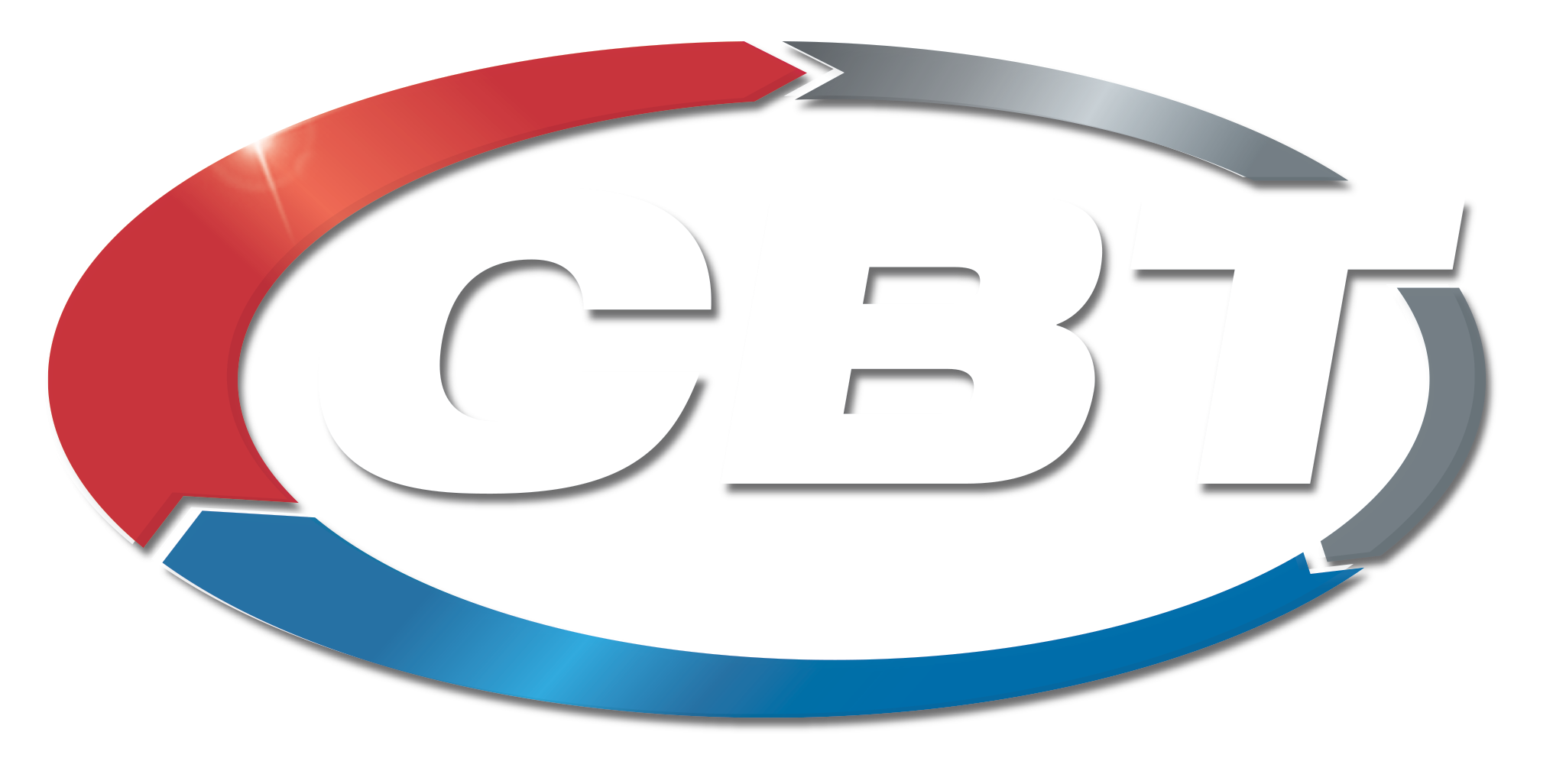![]() One of the biggest annoyances for maintenance technicians is conveyor belt tracking. In this video, Superior Industry’s Josh Boardman explains how to solve this frustrating conveyor service issue. Before working on the conveyor, read and understand the operator’s manual and ensure lockout/tagout procedures are followed. For your safety, stay clear of the machine while it is running.
One of the biggest annoyances for maintenance technicians is conveyor belt tracking. In this video, Superior Industry’s Josh Boardman explains how to solve this frustrating conveyor service issue. Before working on the conveyor, read and understand the operator’s manual and ensure lockout/tagout procedures are followed. For your safety, stay clear of the machine while it is running.
Conveyor Belt Tracking Tips
- Ensure tail pulley is square with the rest of the conveyor frame. Many belts become misaligned because they are not square.
- Run the belt at least three complete revolutions empty.
- Working from the tail section to the head pulley, check each return roll to ensure the belt is centered evenly.
- Now, do the opposite, working from the head pulley to the tail section, check the idlers to ensure the belt is centered evenly.
- Make any necessary adjustments. When tracking a belt, use the handlebar training principle – the direction you want your belt to go is the direction you shift your idlers.
- After adjustments have been made, run the belt thee revolutions empty. If the belt is running centered and staying on the head pulley, you’re ready to move on.
- Ensure material is landing in the middle of the belt.
- Working from the tail section to the head pulley, check each return roll to ensure the belt is centered evenly.
- Now, do the opposite, working from the head pulley to the tail section, check the idlers to ensure the belt is centered evenly.
- If adjustments are needed, shut down the machine and make the necessary adjustments to the idlers and return rolls. Then run the belt thee revolutions.
- Once your return rolls, idlers, head pulley, and tail pulley are all centered, your belt should be tracked.
For more information, please contact your CBT belting specialist.












